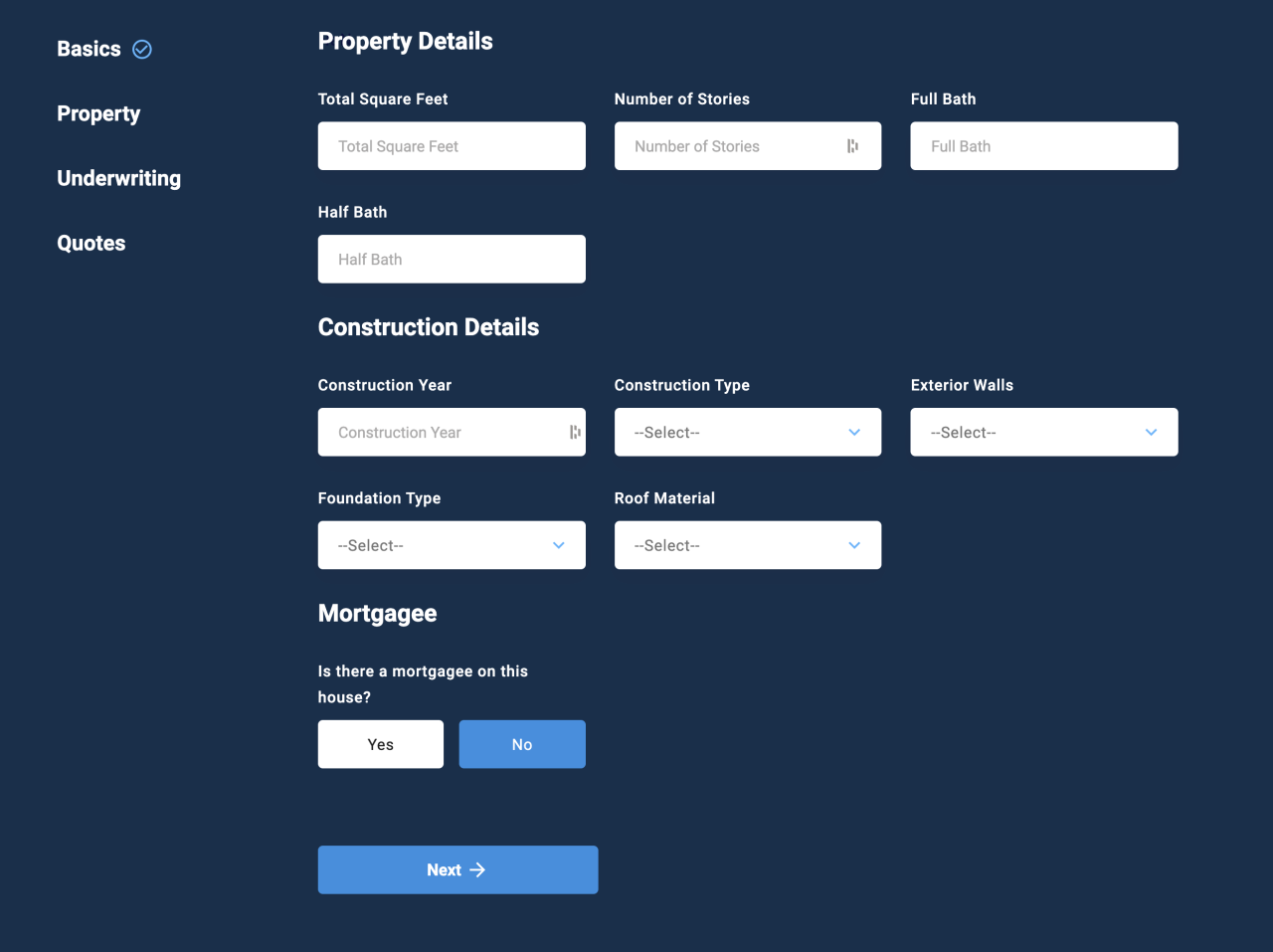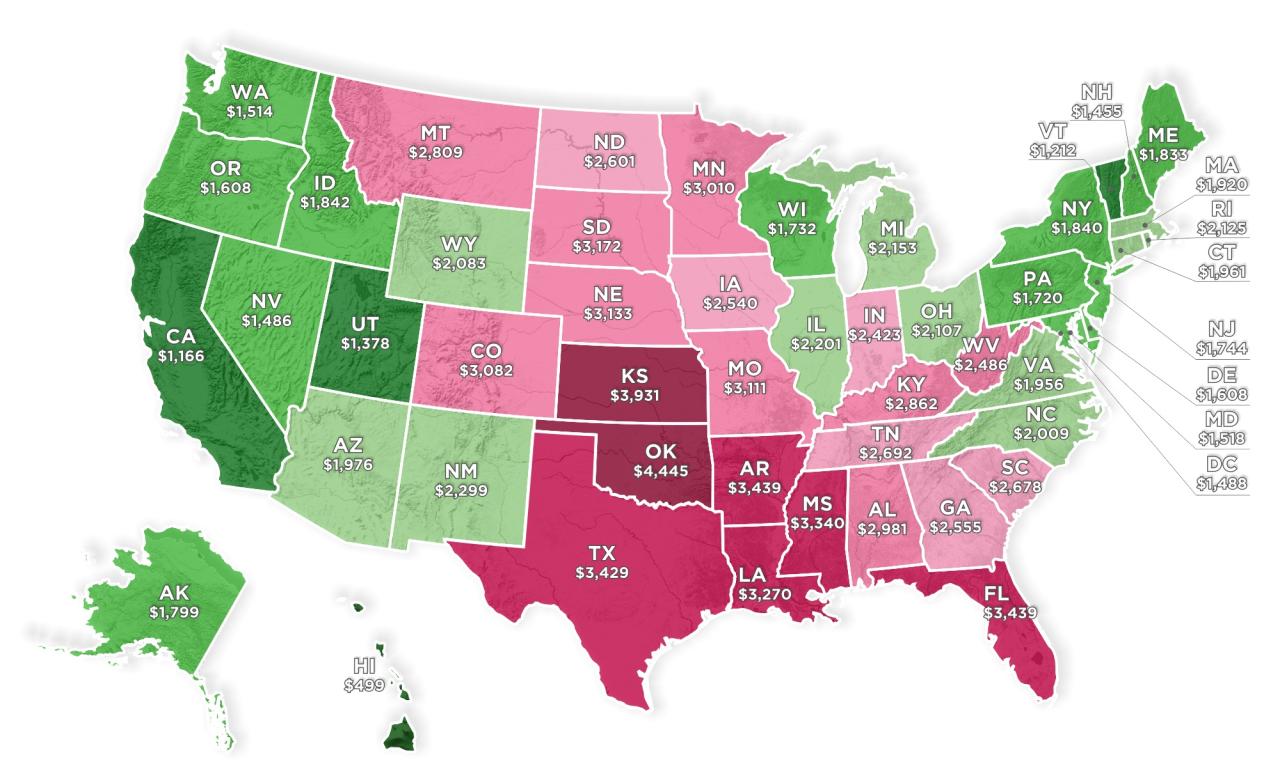A flooded basement can quickly transform a homeowner’s sanctuary into a costly disaster. The often-unsung hero in preventing such calamities, the sump pump, can unexpectedly fail, leaving homeowners grappling with significant water damage and the complex question of insurance coverage. Understanding the intricacies of sump pump failure insurance coverage is crucial for protecting your home and finances, a task complicated by policy nuances and exclusions that can leave even seasoned homeowners feeling adrift. This guide dissects the often-opaque world of homeowner’s insurance and sump pump failures. We’ll explore what your policy likely covers (and, critically, what it doesn’t), the importance of preventative maintenance, and the steps to take if disaster strikes. We’ll also delve into the costs of repairs, the process of filing a claim, and the potential for legal recourse should your claim be denied. Ultimately, understanding your coverage is your first line of defense against financial ruin. Defining Sump Pump Failure Sump pump failure, a significant household concern, can lead to costly water damage and property destruction. Understanding the various ways a sump pump can malfunction is crucial for homeowners and insurers alike. This section details the common causes and types of sump pump failures, providing a clearer picture of the risks involved.Sump pump failures manifest in several ways, ranging from minor inconveniences to catastrophic events. The consequences are often directly related to the cause and type of failure. Early detection and preventative maintenance are key to mitigating potential damage. Types of Sump Pump Failures Sump pump failures can be broadly categorized as mechanical or electrical. Mechanical failures involve the physical components of the pump, while electrical failures relate to the power supply and circuitry. Understanding these distinctions is vital for accurate assessment and appropriate insurance claims. Mechanical Sump Pump Failures Mechanical failures often stem from wear and tear, improper installation, or the accumulation of debris. These can include issues with the pump’s impeller, float switch, or check valve. A worn impeller, for example, will struggle to effectively move water, leading to reduced pumping efficiency or complete failure. A malfunctioning float switch might fail to activate the pump when needed, resulting in water backup. A failing check valve allows water to flow back into the sump pit, negating the pump’s efforts. Regular maintenance, including cleaning and inspection, can significantly reduce the likelihood of these mechanical failures. Electrical Sump Pump Failures Electrical failures often result from power surges, short circuits, or faulty wiring. These problems can range from a simple blown fuse to a more complex issue with the pump’s motor. Power surges, often caused by lightning strikes or power grid fluctuations, can severely damage the pump’s motor, rendering it inoperable. Similarly, a short circuit in the wiring can cause the pump to malfunction or even start a fire. Regular electrical inspections and the use of surge protectors can help mitigate the risk of these failures. Common Causes of Sump Pump Malfunctions Several factors contribute to sump pump failures. These include age, environmental conditions, and the frequency of use. Older pumps are more prone to mechanical wear and tear, increasing the risk of failure. Extreme temperatures, particularly freezing conditions, can damage the pump’s components. Frequent use, especially during periods of heavy rainfall, can also accelerate wear and tear, leading to premature failure. For instance, a pump constantly running during a prolonged storm might overheat and fail due to continuous operation. Proper maintenance and timely replacement are crucial for preventing these issues. Standard Homeowner’s Insurance Coverage Standard homeowner’s insurance policies offer coverage for water damage, but the extent of that coverage is often limited and depends heavily on the cause of the damage. While they aim to protect against unforeseen events, many exclusions exist, leaving homeowners potentially vulnerable to significant out-of-pocket expenses in the event of a sump pump failure. Understanding these nuances is crucial for adequate protection.Homeowner’s insurance typically covers water damage resulting from sudden and accidental events, such as a burst pipe or a roof leak. Coverage usually extends to the cost of repairs and replacement of damaged property, including the structure of the home and personal belongings. However, the policy will usually not cover gradual water damage, such as that caused by a slow leak or a malfunctioning appliance. The key differentiator is whether the damage is considered a covered ”accident” versus a preventable issue stemming from neglect or lack of maintenance. Exclusions in Standard Policies Related to Water Damage Standard homeowner’s insurance policies frequently exclude coverage for water damage caused by specific circumstances. These exclusions are designed to prevent policies from covering situations where preventative measures could have been taken, or where the damage is a result of ongoing neglect. Understanding these exclusions is vital in determining the scope of your protection. For example, many policies explicitly exclude water damage resulting from flooding, which is often defined as water that overflows from a natural body of water or a public water system. Groundwater seepage is another common exclusion, as is damage caused by gradual leaks or backups from sewer and drain lines. Furthermore, many policies contain exclusions for damage stemming from inadequate maintenance of the home’s systems, including sump pumps. Examples of Covered Sump Pump Failure Scenarios While many sump pump failures are excluded, there are situations where a homeowner might receive coverage under their standard policy. For instance, if a sump pump malfunctions due to a sudden and accidental power surge that damages the pump’s motor, the resulting water damage could potentially be covered. Similarly, if a tree falls on the pump and causes it to fail, resulting in water damage to the home, coverage might be considered. The key is whether the cause of the failure was sudden and accidental, rather than a gradual deterioration or lack of maintenance. A claim investigation will always be necessary to determine coverage. Sump Pump Failure and Specific Policy Exclusions Homeowner’s insurance policies, while generally providing coverage for water damage, often contain specific exclusions related to sump pump failures. Understanding these exclusions is crucial for policyholders to avoid unexpected costs in the event of a basement flood. Failure to properly understand these limitations can lead to significant financial burdens.Policy exclusions frequently center on the cause of the sump pump failure itself, rather than the resulting water damage. Many policies will not cover damage resulting from a sump pump malfunction stemming from a lack of preventative maintenance, neglect, or pre-existing conditions. Similarly, damage caused by a power outage, unless that outage is a result of a covered peril (like a covered windstorm), might also be excluded. The precise wording varies between insurers and policy types, emphasizing the need for careful review of individual policy documents. Causes of Sump Pump Failure Excluded From Coverage Many insurance policies explicitly exclude coverage for sump pump failures resulting from inadequate maintenance. This includes situations where the pump fails due to clogged discharge lines, a lack of regular cleaning, or failure to replace worn-out components. For example, a policy might exclude coverage if the pump fails due to a corroded impeller that could have been prevented with routine inspection and replacement. Similarly, damage caused by a pump’s failure due to age or wear and tear, without evidence of a sudden and accidental event, may be denied. In addition, failure resulting from improper installation, or damage resulting from a backup that is not a sudden and accidental occurrence, may be excluded. Policies often specify that coverage is limited to damage caused by sudden and accidental events, excluding gradual deterioration. The Role of Preventative Maintenance in Insurance Claims Preventative maintenance plays a significant role in determining insurance claim eligibility. Insurers often argue that a properly maintained sump pump is less likely to fail, and that failure due to neglect constitutes a lack of reasonable care. Documentation of regular maintenance, such as service records from a qualified professional, can be crucial in supporting a claim. This documentation serves as evidence that the homeowner took reasonable steps to prevent the failure. Conversely, a lack of such documentation can weaken a claim and lead to denial of coverage. The burden of proof frequently rests on the policyholder to demonstrate that the failure was not a result of negligence or lack of maintenance. Comparison of Sump Pump Coverage Across Different Policies Coverage for sump pump failures varies considerably across different insurance providers and policy types. Some policies may offer limited coverage for sump pump failures as part of their standard water damage coverage, while others may require the purchase of a separate rider or endorsement to obtain comprehensive protection. This variation necessitates a careful comparison of policies before selecting coverage. A policy with a lower premium might have significantly less comprehensive coverage for sump pump-related issues. Furthermore, even policies that offer some coverage may have specific exclusions, limitations on the amount of payout, or deductibles that can significantly impact the overall cost of a claim. Therefore, understanding the specifics of each policy’s coverage is paramount. Importance of Policy Review and Understanding Proactive policy review is crucial for homeowners to avoid costly surprises in the event of a sump pump failure or other unforeseen circumstances. A thorough understanding of your homeowner’s insurance policy, specifically concerning water damage coverage and exclusions, can significantly impact your financial liability in the aftermath of such an event. Failing to understand your policy’s nuances could leave you shouldering unexpected repair or replacement costs.Understanding your policy wording regarding water damage is paramount. Many policies differentiate between various types of water damage, such as sudden and accidental water damage versus gradual or continuous seepage. Sump pump failures often fall under specific clauses, and misinterpreting these clauses can lead to denied claims. The precise wording used to define covered perils and exclusions dictates the extent of your protection. Policy Review Steps A systematic approach to reviewing your homeowner’s insurance policy ensures comprehensive understanding. Begin by carefully reading the entire document, paying close attention to the sections detailing coverage for water damage and exclusions. Highlight key terms and definitions, and make notes of any ambiguities. Compare your policy to others if possible, noting differences in coverage or limitations. Finally, contact your insurance provider to clarify any uncertainties. This proactive approach minimizes the risk of misunderstandings and ensures you are adequately protected. Significance of Policy Wording on Water Damage and Exclusions The language used in your policy regarding water damage and exclusions is legally binding. For example, a policy might exclude coverage for water damage resulting from gradual leaks, while covering sudden and accidental discharges. A sump pump failure resulting from gradual wear and tear might not be covered, while a failure caused by a sudden power surge could be. Understanding the distinction between these scenarios is vital. Similarly, exclusions for flooding from outside sources, even if indirectly related to a sump pump malfunction, could affect your claim. Ambiguous wording should be clarified directly with your insurance provider. … Read more





